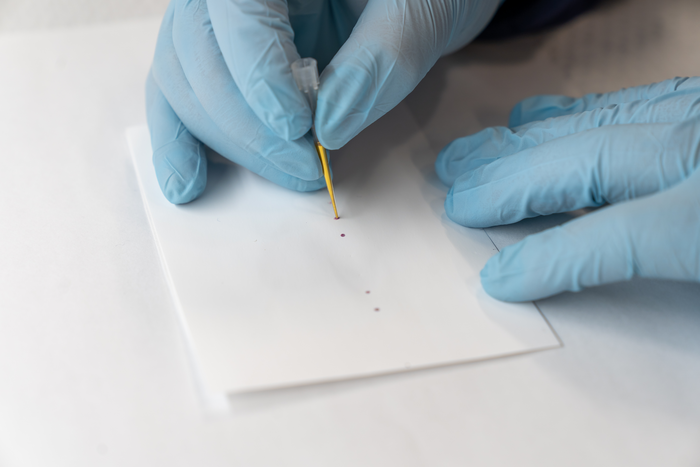Scientists in Canada say they’ve developed a cheap and easy way to find out Salmonella is lurking in food. Their method can apparently detect the bacteria within an hour’s time and with less set-up required than a typical at-home covid test. They believe that their test could be used by poultry processors and food preparers alike.
Salmonella bacteria are one of the most common sources of foodborne disease. In the U.S. alone, they’re estimated to cause around 1.35 million infections, 26,500 hospitalizations, and 420 deaths annually. Most infections are self-limiting, if highly unpleasant, and don’t require antibiotic treatment. But superbug Salmonella is becoming a major issue as well, since it makes treating or preventing severe cases even harder.
The Salmonella strains that cause illness in humans are abundantly found in both wild and domestic animals, particularly chickens. And though food producers routinely check their products for Salmonella and other foodborne germs, current lab culturing tests will typically take a day or longer to return results. Researchers at McMaster University in Ontario say their next-generation test could prove to be far quicker and easier to use.

The test relies on a synthetic molecule created by the researchers that interacts with the bacteria. This molecule is packaged between microscopic particles made of materials such as gold. When a contaminated, liquefied sample of food comes in contact with the test, one of the bacterial enzymes in Salmonella reacts to it and slices open the package, spilling the molecule into the liquid. The liquid sample is then placed onto a specially prepared paper strip, and, thanks to a biosensor also created by the researchers, the molecule will cause any contaminated liquid to stain the paper red in less than a hour. The redder it gets, the more contaminated the food. The team’s findings detailing their test were published this week in the journal Angewandte Chemie.
“Using these tests is easier than using a covid test, which so many people are already doing,” said study author Carlos Filipe, chair of McMaster’s Department of Chemical Engineering, in a statement released by the university. “For this to be as effective and useful as possible, it has to be easy to use.”
Chickens are perhaps the most notorious source of Salmonella infection, but the team says their test should be able to detect the bacteria in beef, dairy, and other vulnerable food products. And while it will take more research and development to confirm the test’s effectiveness and scale it up, the team has already received funding from the nonprofit research organisation Mitacs and Toyota Tsusho Canada Inc., a subsidiary of the Toyota Tsusho Corporation in Japan; the latter company also plans to commercialize the test.
The test would most often be deployed in processing facilities, but the scientists see no reason why it couldn’t be used elsewhere.
“Anyone can use it right in the setting where food is being prepared, processed or sold,” said co-author Yingfu Li, leader of McMaster’s Functional Nucleic Acids Research Group, in a statement. “There’s a balance between cost, convenience and need. If it’s cheap, reliable and easy, why not use it?”
